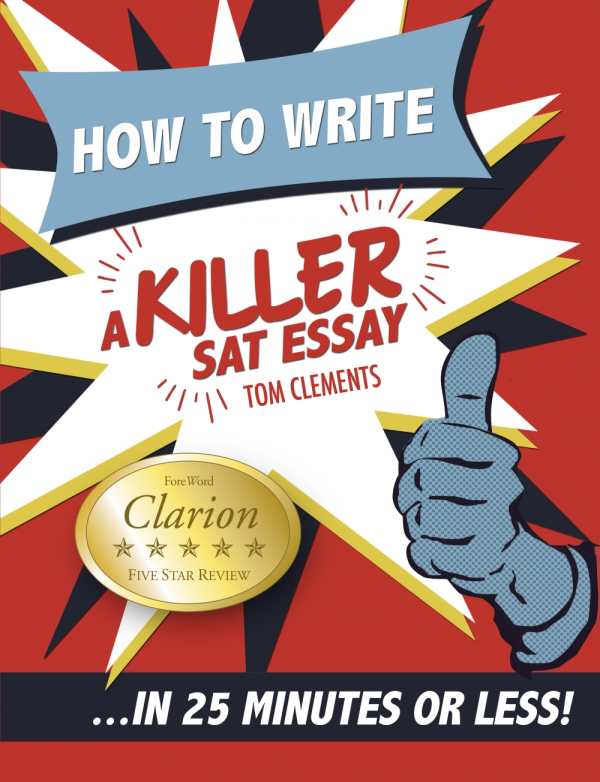How to Write a Killer SAT Essay in 25 Minutes or Less
About 1.65 million graduating seniors from the class of 2011 took the SAT exam, and the first challenge each of those teens faced on test day was the SAT essay—two blank pages that Tom Clements calls “every high school student’s Nightmare on Elm Street.” This “terrifying white space,” says the author, is a “scam” perpetrated by the College Board—the “huge corporate juggernaut” that, he says, threatens the educational dreams of American kids.
Clements’ response is to wage war, and his book of “real-world tricks and techniques” lays out a battle plan. Clements, a full-time tutor, author, freelance writer, and a former college writing instructor, claims that more than 30 percent of his students scored eleven or twelve (the highest grade possible) on the essay component of the SAT.
The author knows who the College Board “Readers” (graders) are and what they are trained to look for. They are not allowed to deduct points for inaccuracies or content errors, and they like to see quotations. Clements shows students how to bring in quotes—whether or not they are real or accurately attributed. In a sample essay by a student named Conor, for example, Frank Zappa did not say, “Without the questioning of authority, progress is not possible.” Conor made up this quote, but it relates to the prompt he was given and it works as a lead-in to his thesis, so it is effective.
SAT Readers also prefer external support examples over personal experience, so Clements arms students with a “bag of tricks,” including “reusable pet paragraphs” taken from history (the Civil Rights Movement, for example) and literature (The Scarlet Letter is a serviceable illustration for many SAT prompts). Most of these pet paragraphs and the concrete examples contained within them can be adapted to answer various SAT prompts, many of which involve some type of conflict—in Conor’s case, achieving progress through the questioning of authority.
While Clements may come off to many as overly subversive with his scam-the-scammers agenda, he is kid-friendly and his methods are practical. His most seemingly egregious SAT strategy, that of imitating other writers (to many, imitation suggests plagiarism), is based on the solid idea that learning by watching and doing (but not by copying) is “the only game in town.” As such, a good portion of Clements’ message to his student-readers is contained in models, followed by commentary, of high-scoring SAT essays.
Much of what the College Board is looking for, and what Clements focuses on, is what most would agree is good writing: tight, thesis-driven prose with a formal introduction and conclusion; body paragraphs that feature examples and illustrations; helpful transitions; and appropriate word choices. For students who want a fighting chance against those two intimidating blank pages, Tom Clements’ book can be an ally.
Reviewed by
Joe Taylor
Disclosure: This article is not an endorsement, but a review. The publisher of this book provided free copies of the book and paid a small fee to have their book reviewed by a professional reviewer. Foreword Reviews and Clarion Reviews make no guarantee that the publisher will receive a positive review. Foreword Magazine, Inc. is disclosing this in accordance with the Federal Trade Commission’s 16 CFR, Part 255.

